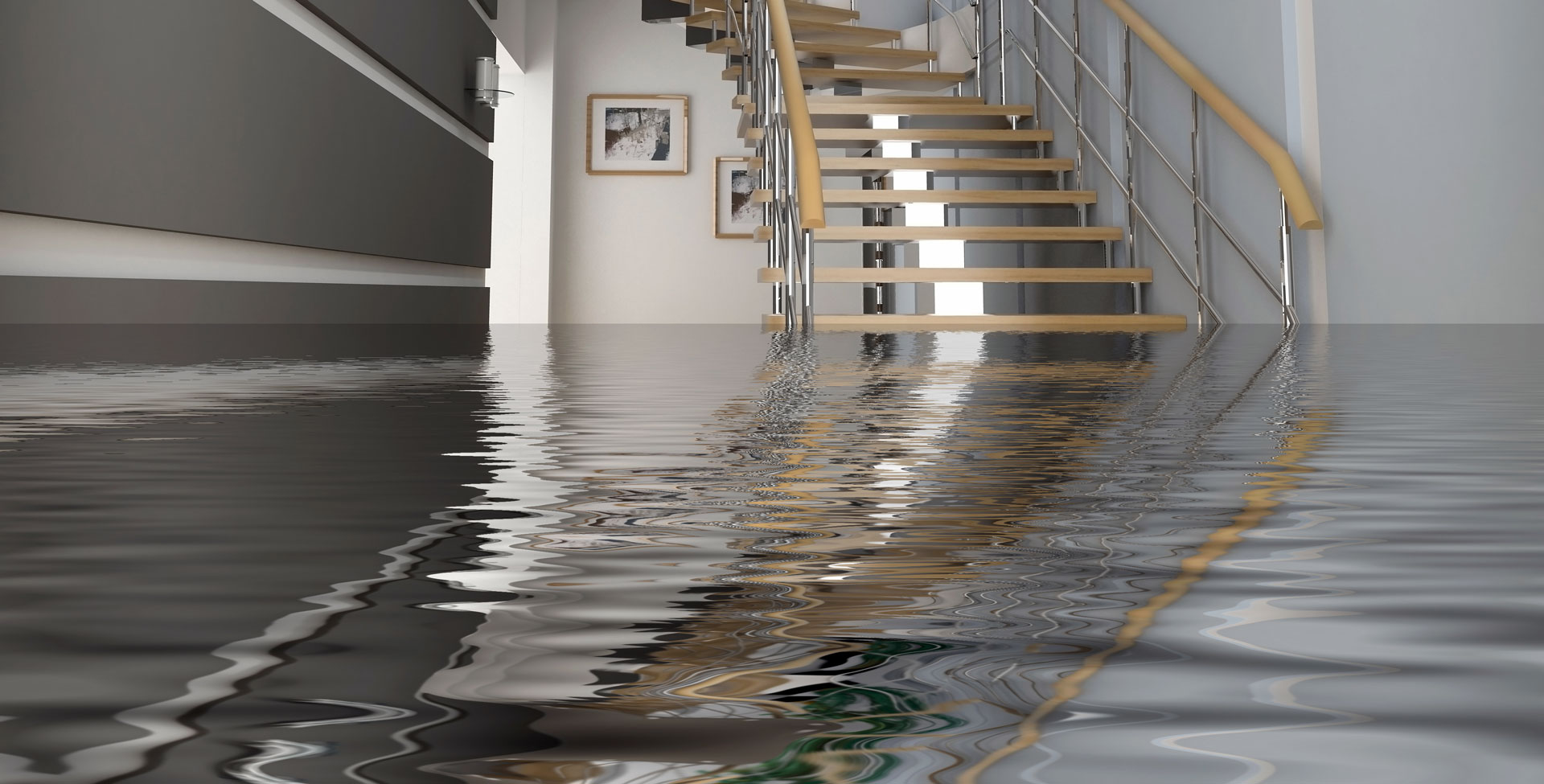Do's & Don'ts of Water Damage.
Do's & Don'ts of Water Damage.
Blog Article
Nearly everybody will have their own piece of advice with regards to Reducing Your Risk Of Water And Fire Damage At Home.

Water gives life, water breach on components where it's not intended to be can result in damage. It can peel away surfaces as well as wear down the structure if the water saturates right into your framework. Mold and mildew and also mold also thrive in a damp environment, which can be hazardous for your health. Homes with water damage smell musty and old.
Water can come from many resources such as tropical storms, floodings, burst pipelines, leaks, and sewage system problems. In case you experience water damage, it would certainly be great to know some safety and security precautions. Below are a few standards on how to manage water damage.
Do Prioritize Residence Insurance Policy Protection
Water damages from flood because of hefty winds is seasonal. You can likewise experience an abrupt flooding when a faulty pipe unexpectedly breaks right into your home. It would be best to have house insurance coverage that covers both acts of God such as natural catastrophes, and also emergency situations like busted plumbing.
Do Not Neglect to Switch Off Energies
This cuts off power to your whole home, preventing electrical shocks when water comes in as it is a conductor. Don't fail to remember to transform off the major water line shutoff.
Do Keep Proactive and also Heed Weather Alerts
Storm floodings can be really uncertain. Stay proactive and also prepared if there is a history of flooding in your area. If you live near a lake, creek, or river , listen to evacuation cautions. Take out prized possessions from the ground floor as well as cellar, after that put them on the greatest possible degree. Doing so decreases possible home damages.
Do Not Disregard the Roof
You can stay clear of rainfall damages if there are no holes and also leakages in your roofing. This will certainly avoid water from moving down your walls and saturating your ceiling.
Do Focus On Little Leaks
A ruptured pipeline doesn't take place overnight. Generally, there are red flags that show you have compromised pipelines in your home. For instance, you might notice gurgling paint, peeling wallpaper, water touches, water stains, or trickling sounds behind the wall surfaces. Eventually, this pipeline will certainly burst. Preferably, you need to not wait for points to escalate. Have your plumbing repaired prior to it leads to substantial damage.
Don't Panic in Case of a Burst Pipe
When it comes to water damage, timing is key. Thus, if a pipeline bursts in your house, quickly shut off your major water valve to reduce off the source. Call a reliable water damage restoration specialist for aid.
Water offers life, water breach on components where it's not supposed to be can result in damage. Homes with water damage odor old and mildewy.
Water damages from flood charges to heavy winds is seasonal. You may discover bubbling paint, peeling off wallpaper, water touches, water discolorations, or trickling noises behind the wall surfaces. When it comes to water damages, timing is key.
Some Do's & Don't When Dealing with a Water Damage
DO:
Make sure the water source has been eliminated. Contact a plumber if needed. Turn off circuit breakers supplying electricity to wet areas and unplug any electronics that are on wet carpet or surfaces Remove small furniture items Remove as much excess water as possible by mopping or blotting; Use WHITE towels to blot wet carpeting Wipe water from wooden furniture after removing anything on it Remove and prop up wet upholstery cushions for even drying (check for any bleeding) Pin up curtains or furniture skirts if needed Place aluminum foil, saucers or wood blocks between furniture legs and wet carpet Turn on air conditioning for maximum drying in winter and open windows in the summer Open any drawers and cabinets affected for complete drying but do not force them open Remove any valuable art objects or paintings to a safe, dry place Open any suitcases or luggage that may have been affected to dry, preferably in sunlight Hang any fur or leather goods to dry at room temperature Punch small holes in sagging ceilings to relieve trapped water (don't forget to place pans beneath!); however, if the ceiling is sagging extremely low, stay out of the room and we'll take care of it DO NOT:
Leave wet fabrics in place; dry them as soon as possible Leave books, magazines or any other colored items on wet carpets or floor Use your household vacuum to remove water Use TV's or other electronics/appliances while standing on wet carpets or floors; especially not on wet concrete floors Turn on ceiling fixtures if the ceiling is wet Turn your heat up, unless instructed otherwise

As a reader about Reducing Your Risk Of Water And Fire Damage At Home, I figured sharing that chunk was really useful. Make sure you take the time to share this content if you enjoyed it. Many thanks for taking the time to read it.
Report this page